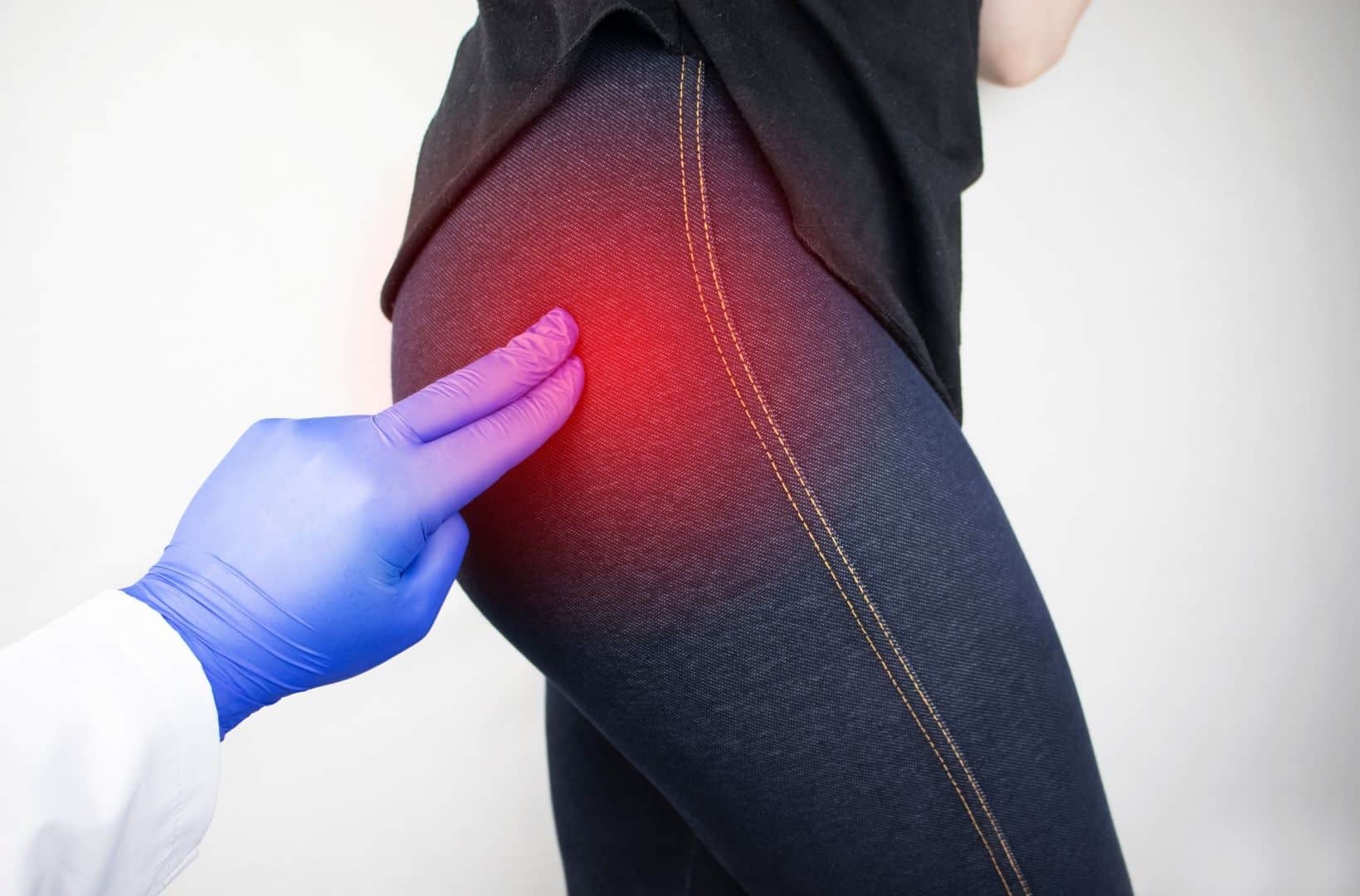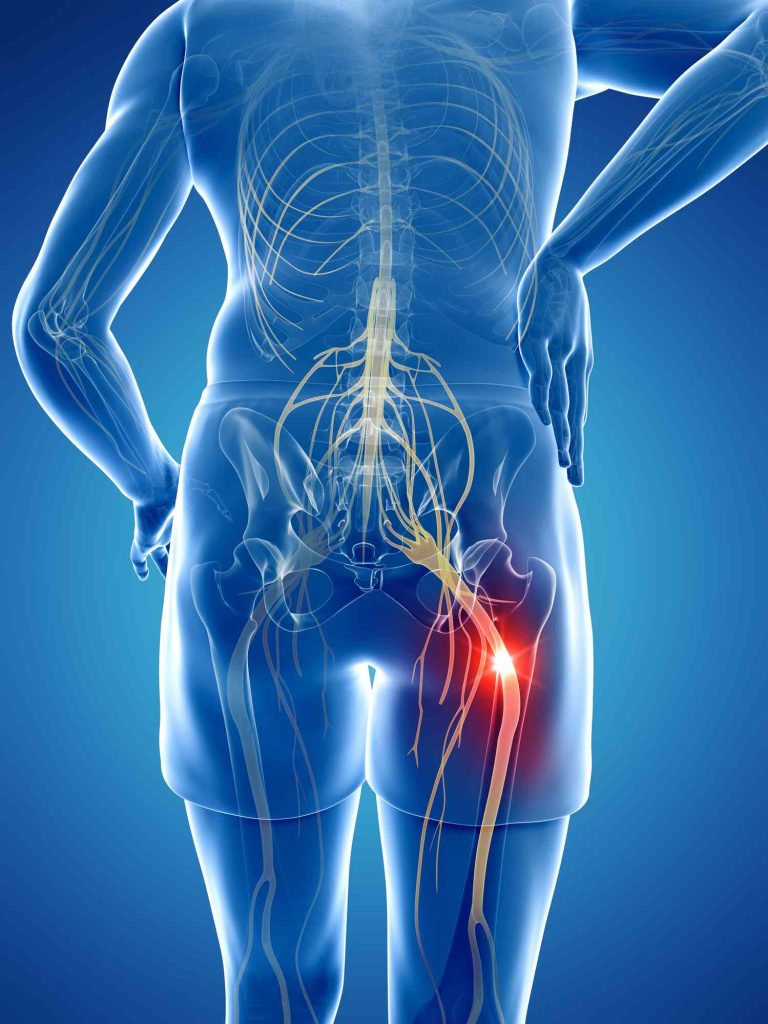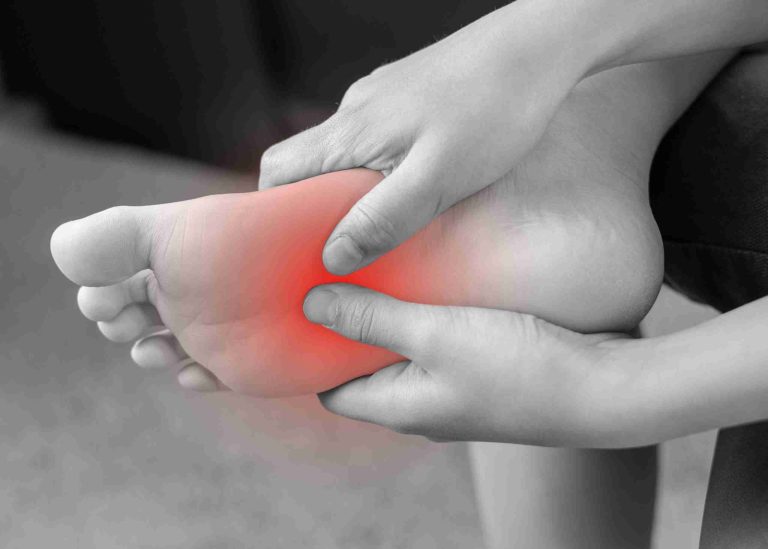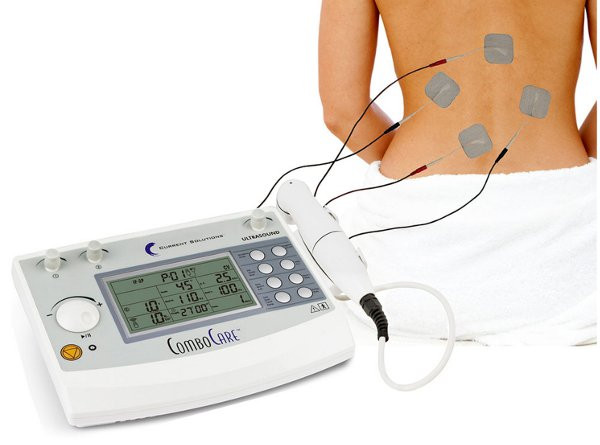Can Hip Bursitis Cause Sciatica? Understanding the Connection
Exploring the Connection
Can hip bursitis cause sciatica? This is a common question among individuals dealing with sciatic nerve pain. The short answer is yes, hip bursitis can indeed cause sciatica. Now, let’s delve deeper into this connection and understand how it impacts those suffering from sciatic nerve issues, including morning sciatica.
The Intersection of Hip Bursitis and Sciatica
Hip bursitis, an inflammation of the bursae in the hip joint, can lead to sciatica due to its proximity to the sciatic nerve. According to data from medical studies, approximately 15% of patients diagnosed with hip bursitis also experience symptoms of sciatica (source: Arthritis & Rheumatology Journal). This statistic highlights the significant overlap between these two conditions and the potential for hip bursitis to contribute to sciatic nerve pain.
Anatomical Proximity and Impact
The relationship between hip bursitis and sciatica lies in the anatomical proximity of the inflamed bursae to the sciatic nerve. The sciatic nerve is the largest nerve in the body, originating from the lower back and extending down the legs. When the bursae in the hip joint become inflamed, they can press against or irritate the sciatic nerve, leading to symptoms such as pain, tingling, and numbness along the lower back, buttocks, and legs.
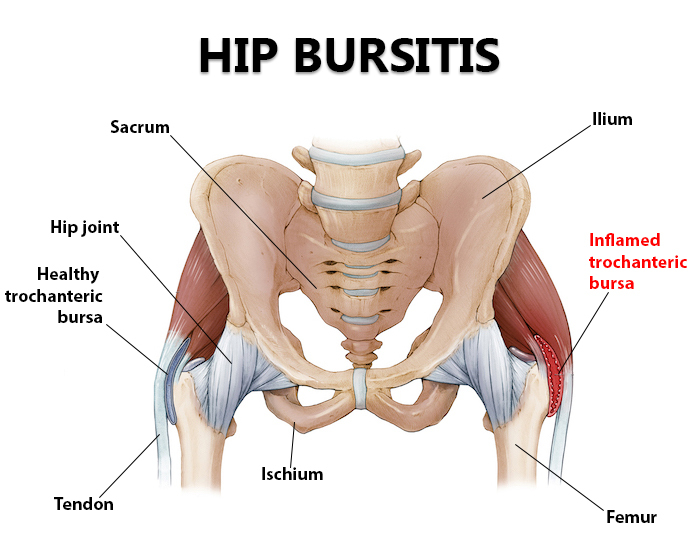
Morning Sciatica: Amplifying the Discomfort
Morning sciatica, characterized by increased pain and stiffness upon waking up, can also be influenced by hip bursitis. The stiffness and discomfort associated with morning sciatica may be exacerbated by inflammation in the hip joint, further intensifying sciatic nerve symptoms during the early hours of the day.
Comprehensive Care and Management
For individuals experiencing sciatica linked to hip bursitis, seeking comprehensive medical guidance is crucial. Medical professionals can conduct thorough evaluations, including physical examinations and imaging tests, to accurately diagnose the underlying causes of sciatic nerve pain. Treatment plans may include a combination of medication, physical therapy, corticosteroid injections, and lifestyle modifications to alleviate symptoms and improve quality of life.
Empowering Information and Support
At MedCareLine.com, we understand the challenges faced by sciatica patients and strive to provide valuable information and resources to support their journey towards recovery. Our informative posts cover a wide range of topics, including the relationship between hip bursitis and sciatica, effective treatment approaches, and lifestyle strategies for managing sciatic nerve pain.
Conclusion: Finding Relief and Wellness
In conclusion, the answer to the question “Can hip bursitis cause sciatica?” is affirmative. The interconnected nature of these conditions underscores the importance of comprehensive care and targeted interventions for individuals dealing with sciatic nerve issues. By addressing hip bursitis and its impact on sciatica, patients can work towards finding relief and improving their overall well-being.
Frequently Asked Questions
Q: How does hip bursitis differ from sciatica?
A: Hip bursitis refers to inflammation of the bursae in the hip joint, leading to pain and discomfort around the hip area. On the other hand, sciatica involves irritation or compression of the sciatic nerve, resulting in pain that radiates down the lower back, buttocks, and legs.
Q: Can hip bursitis worsen existing sciatica symptoms?
A: Yes, hip bursitis can exacerbate sciatica symptoms. The inflammation and swelling associated with hip bursitis can put pressure on the nearby sciatic nerve, leading to increased pain, tingling, or numbness in the affected areas.
Q: Are there specific risk factors that increase the likelihood of developing both hip bursitis and sciatica?
A: While anyone can develop hip bursitis or sciatica, certain factors may increase the risk. These include age (older adults are more prone), obesity, sedentary lifestyle, occupations requiring prolonged sitting or heavy lifting, previous injuries, and certain medical conditions such as arthritis.
Q: How can healthcare professionals differentiate between hip bursitis-related pain and sciatica?
A: Healthcare professionals typically conduct a thorough physical examination, review medical history, and may order imaging tests such as X-rays, MRI, or CT scans to differentiate between hip bursitis and sciatica. Specific clinical tests and assessments can also help pinpoint the source of pain and determine the appropriate treatment approach.
Q: What are some non-invasive treatment options for managing hip bursitis-related sciatica?
A: Non-invasive treatment options for hip bursitis-related sciatica may include rest, ice or heat therapy, over-the-counter pain medications, physical therapy exercises to improve strength and flexibility, corticosteroid injections to reduce inflammation, and lifestyle modifications such as avoiding activities that exacerbate symptoms.
Q: Is surgery ever recommended for hip bursitis-related sciatica?
A: In most cases, surgery is not the first-line treatment for hip bursitis-related sciatica. Conservative approaches such as medication, physical therapy, and injections are typically tried first. However, if conservative measures fail to provide relief and the condition significantly impairs daily functioning, surgical options such as bursectomy (removal of the inflamed bursa) may be considered.
Q: Can lifestyle changes help prevent or alleviate hip bursitis and sciatica symptoms?
A: Yes, making certain lifestyle changes can be beneficial. These may include maintaining a healthy weight, practicing good posture, incorporating regular exercise (especially strengthening exercises for the core and lower body), using proper body mechanics during daily activities, avoiding prolonged sitting or standing in one position, and wearing supportive footwear.

